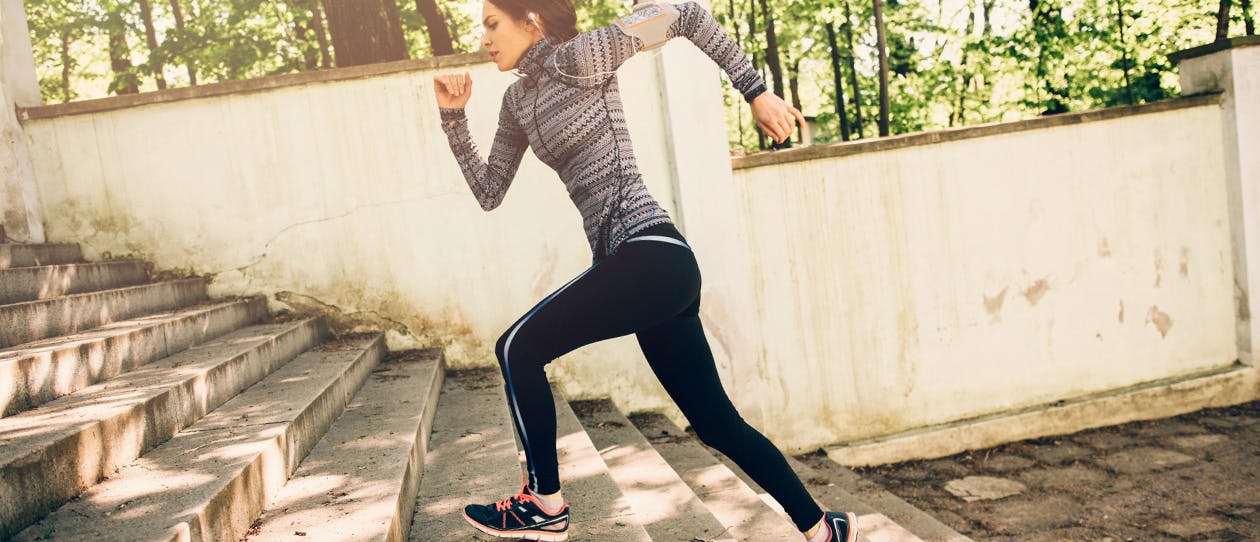Running economy is one of the primary determinants of energy expended and magnitude of fatigue.
Much like fuel economy in your car improves performance and reduces cost, an improvement in running economy reflects a reduction in energy expense, and increased level of vitality and performance.
What is running economy and how it measured?
Measuring oxygen consumption whilst running on a treadmill can be done in a well-equipped clinic or laboratory.
Oxygen consumption at sub-maximal speeds (eg. 10km.hr for a novice runner to 16km.hr for an elite runner) enables energy demands to be calculated. As economy improves, less oxygen is consumed at the same speeds. Data acquired in the lab correlates with a number of variables that can be monitored in the “real world”, such as heart rate and power output.
A reduction in steady-state heart rate and power output are typical responses to improved economy.
Power output is a relatively new but highly promising running monitoring concept. See stryd.com for new technology capable of measuring running power output.
What factors affect running economy?
- Genetics
- Environment
- Previous training history
- Body composition
- Physiology – integration between muscle, heart, circulation, nervous system, and heat regulation
- Biomechanics – foot strike patterns; stride rate
How to improve your running economy
Runners of all abilities can improve economy - key points to consider:
- Timing of training - undertaking some of your training in a fasted state (morning, before breakfast), and reducing sugar in your diet, contributes to “fat adaptation”. Start with low intensity/short duration runs
- Less is more - minimise the use of gels or sports drinks during training
- It’s in the tempo - running at sub-threshold (~80%: not hard, but not easy) pace 1-2x per week. Start with 5min in the middle of a steady-state run, gradually building to 15-20min if you are training for 5-10km; and 30-45min for marathon runners
- New strides – a slight increase in running stride rate can make a difference; ideally 82-85 strides or 164-170 steps per minute
- Force production - strength training has a significant effect on muscle, tendon and neural pathways. For novices, start with simple body weighted exercises (squats, calf raises, lunges, step-ups), and progress gradually to plyometric exercises (skipping; box jumps; hops)
With a gradual sustained approach, and consistency, you will move across the ground with less effort; feel more robust, and get from A to B quicker.
Dr Simon Sostaric is the founder of
Melbourne Sports & Allied Health Clinic and also consults in Sydney at the
Inner West Allied Health & Specialist Centre 

